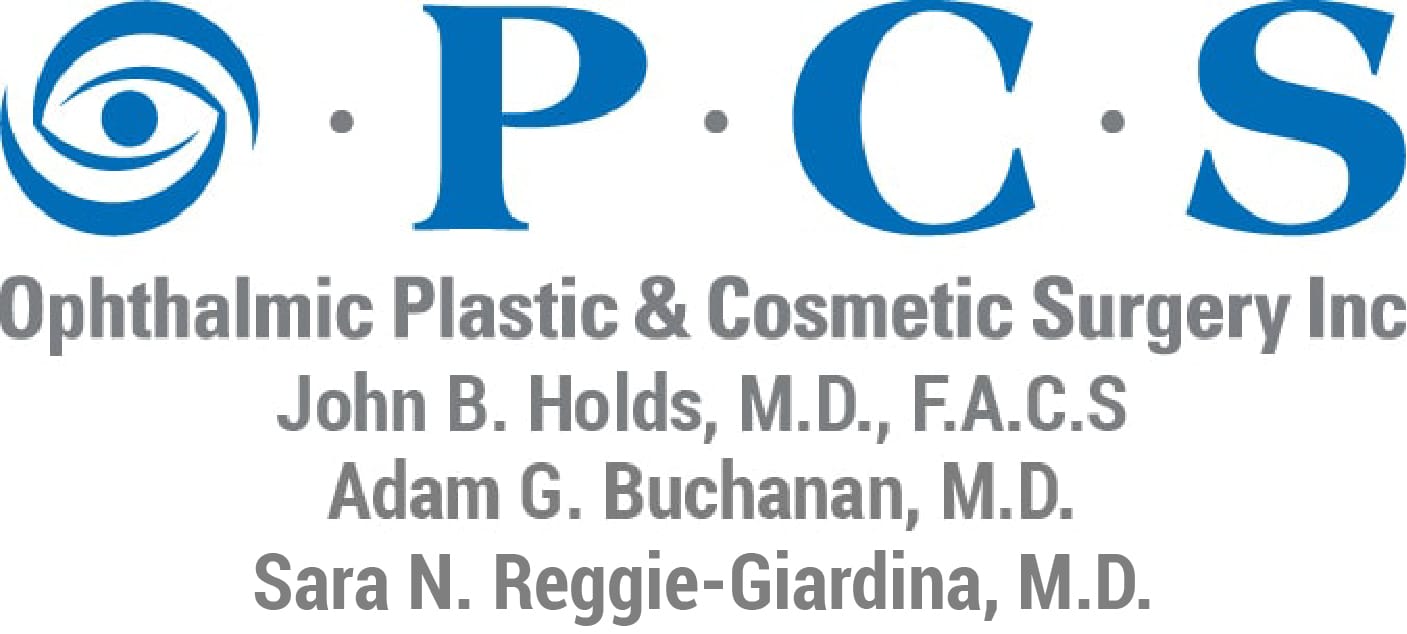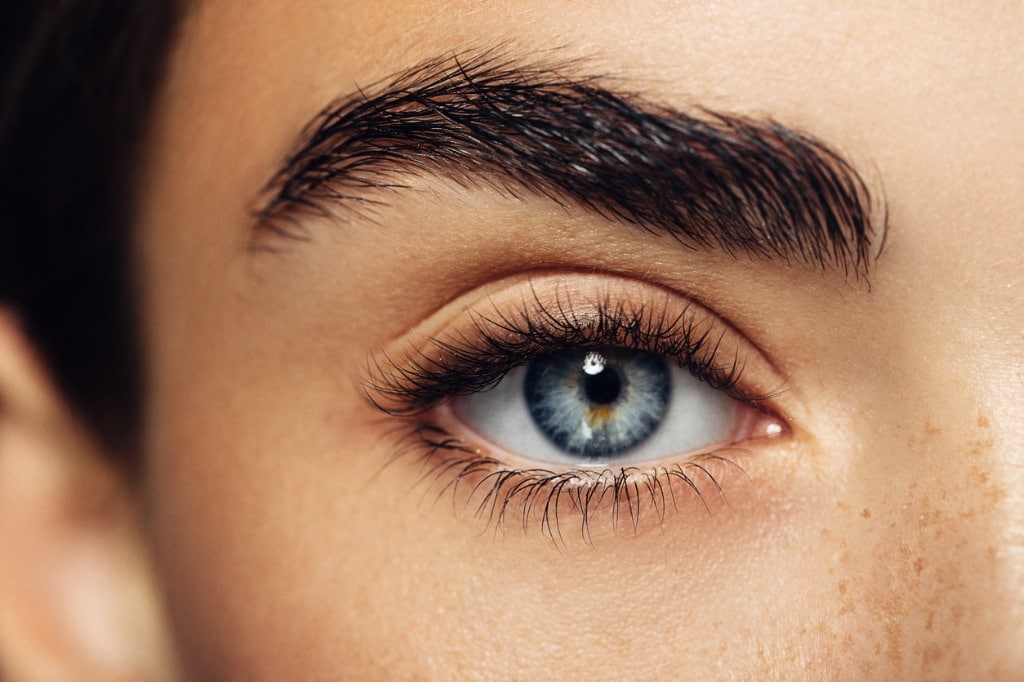Blepharospasm Treatment in St. Louis, MO
What is Blepharospasm?
Blepharospasm, also known as essential blepharospasm, is the medical name for a neurologic condition which causes both eyes to involuntary close. In other words, blepharospasm is an abnormal contraction of the eye muscles. Typically, blepharospasm affects both sides of the face, although one side is often more severe. Patients with blepharospasm have normal vision, but in severe cases, these spasms can result in functional blindness.
In addition, patients can suffer from a similar spasm that also affects vision. A hemifacial spasm, caused by a nervous system disorder, is a medical condition that causes unilateral facial twitching, which can be very visually bothersome. Both of these conditions cause the involuntary contraction of facial muscles.
How common is blepharospasm?
How long can blepharospasms last?
Blepharospasm usually starts with small eyelid twitches that happen every once in a while. Over time, the twitching may happen more often and cause your eyes to close completely.
There isn’t a typical duration of these spasms.
What happens if I don’t treat my blepharospasm?
Sometimes blepharospasm can be related to issues such as stress, lack of sleep, or excessive caffeine intake. Reducing stress and the like can make your twitching resolve. Also, if another condition is causing your spasms as a side effect of that condition, such as Parkinson’s disease, obviously treating it will resolve your blepharospasm.
Occasional eyelid twitching isn’t unusual. This can happen after working on the computer or on other up-close work for too long a period. This usually will go away on its own.
But if you have benign essential blepharospasm (which is rare), it won’t go away on its own. It can become worse without treatment. What started as occasional twitching can develop into severe, chronic eyelid twitching, and this can have a real impact on your life.
Why Is My Eye Twitching?
Patient Testimonial
“Dr. Holds and his team provided me with great patient care! I saw Dr. Holds for a cosmetic reduction on my upper and lower lids, something I had been wanting to do for some time. The care during my surgery and after was excellent! My results were beyond anything I expected. I didn’t look “different”, I looked “refreshed”…as some of my friends commented. I highly recommend Dr. Holds and his team!” – Vitals Review
Eye Twitching Meaning
There are two types of blepharospasm, primary and secondary. Primary, or essential blepharospasm, develops spontaneously, is not life-threatening, and is of unknown cause. While the cause is unknown, essential blepharospasm is generally believed to be an acquired imbalance in the activity of brain cells at involuntary levels deep in the brain. The cause is frequently Meige’s syndrome or oromandibular dystonia. Dystonias are characterized by an involuntary twisting, pulling, or squeezing movements. In contrast, patients can typically connect their secondary blepharospasm to a cause such as exposure to certain drugs or in connection to other disorders such as Parkinson’s disease or Wilson’s disease.
Hemifacial spasm has a different cause than essential blepharospasm, as a generally one-sided, intermittent, high-frequency contracture of the facial muscles. The cause is believed to be a blood vessel that compresses the facial nerve as it exits the brain. Although it can be treated with a neurosurgical procedure to decompress the nerve within the brain, this treatment also carries some severe risks, so only a few patients tend to pursue it.
How Are blepharospasms Diagnosed?
Presently, there is no test specifically for blepharospasm. When you come in for a consultation, our team will diagnose blepharospasm using patient history, a physical examination, and neurological evaluation. It is important to receive a diagnosis from a qualified physician, to be sure that you have blepharospasm and not another condition.
Blepharospasm Treatment Options
Since blepharospasm treatment is generally medically necessary Medicare or other insurance plans sometimes cover it. Treatment methods can involve a number of techniques, including biofeedback and relaxation techniques, and oral drug therapies. However, patients seldom use oral medications and other techniques, as few achieve relief from them.
Fortunately, our team has over 20 years of experience in treating thousands of patients with essential blepharospasm and hemifacial spasm. He has researched this disease, written multiple medical papers about it, and has taught courses to other physicians and patients regarding these treatments. He has a referral base for these patients which extends nationally, and he is recognized as a well-known authority in the treatment of these conditions. Our team prefers to use one of two treatment methods:
- Botox
- Myectomy surgery
Botox for Eye Spasms
Botox is one treatment method for blepharospasms and benefits 95% of patients. Our team injects Botox right into the problem muscles, essentially relaxing them and preventing them from spasming. Most of our patients receive a topical anesthetic cream specific to our practice which relieves the tiny needle-prick involved. The Botox treatment results typically last for 2-6 months. Many patients will need to return for more treatment after that time. Patients can experience some side effects from the injections such as droopy eyelids or facial droop. However, the side effects of Botox are temporary since Botox results are also temporary.
Is there anything to do to prepare for blepharospasm treatment at OPCS?
There isn’t any preparation for Botox injections, which is our primary treatment method for blepharospasm.
If we’ve tried Botox as treatment and it hasn’t improved your spasms, we may proceed to a myectomy. This is a minor surgery, so preparation would entail the same things you would do to prepare for any surgery: stopping taking blood thinners, anti-inflammatory medications, aspirin, and most herbal supplements for one week prior to your procedure. If you smoke, you’d need to stop for two weeks prior to and after your surgery, as smoking constricts the blood vessels, and this impedes your healing.
What kind of results can I expect from Botox injections for blepharospasm?
Botox has proven to be the best treatment for blepharospasm. Botox is known the world over for its aesthetic treatment of wrinkles and lines on the upper third of the face, but it actually received its first FDA approval in 1989 for blepharospasm.
When Dr. Holds injects Botox into the muscle causing your eyelid twitching there won’t be any immediate change. It takes the botulinum toxin in Botox about 4 days to fully relax the muscle it is injected into. At that point, the muscle won’t contract to the degree where it causes your eyelid spasms.
These results will last from 3 to 4 months. This can vary between patients due to their individual metabolism. When the body eventually absorbs the now-inert botulinum toxin, the muscle will begin contracting again, and this will mean a return of your eyelid spasms. At this point, another Botox session with Dr. Holds will continue your results.
Is there recovery after having Botox injections for blepharospasm?
There isn’t any recovery with Botox injections, and these sessions take just 15-20 minutes. Botox doesn’t work immediately. It usually takes about 4 days for the botulinum toxin to paralyze the muscle it is injected into. It does this by blocking the nerve messages (acetylcholine) from the eyelid muscle to the brain. The brain doesn’t receive the message to contract the muscle, so the spasms subside.
Once Botox fully relaxes the muscle causing the blepharospasm, the results will continue for about 3 to 4 months.
Myectomy Procedure
A myectomy procedure is another treatment option for blepharospasm. During this procedure, our team removes the muscles that are in spasm. This is a very intricate surgery that a relatively small number of surgeons in the United States can appropriately perform, such as our team at Ophthalmic Plastic and Cosmetic Surgery, Inc. in St. Louis.
Myectomy is an outpatient surgery using local anesthetic and takes a few hours to complete. During the procedure, our team will remove all or a portion of the muscle that is causing the spasm or eyelid closure problem. Most patients require simultaneous procedures to correct sagging skin, eyebrows, or eyelids. After surgery, significant bruising, swelling, and soreness may develop. Patients can take pain medication, if necessary, and should sleep with their head elevated. Our team recommends that patients apply ice packs to their eyes periodically to keep the swelling down. In addition, he may prescribe eye drops or ointments to put in your eyes for one to two weeks.
What are the risks involved with myectomy surgery?
What is recovery like after myectomy?
Types of Eyelid Surgery
The eyelids are susceptible to a multitude of cosmetic and functional issues. From blepharospasms to correcting drooping eyelids, there are a plethora of eye surgeries that can correct your eye concerns and give you a better quality of life. Additional eye surgery options for patients include the following:
Schedule A Blepharospasm Consultation at O.P.C.S!
If you keep experiencing involuntary eye twitching and closures, seeking treatment for the blepharospasm condition can improve your daily life. Call 314-567-3567 today or fill out the form in our contact page. Our practice has two offices in St. Louis and St. Peters, MO respectively.




